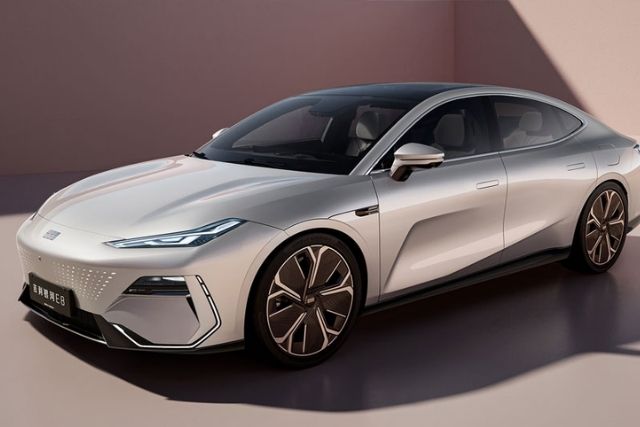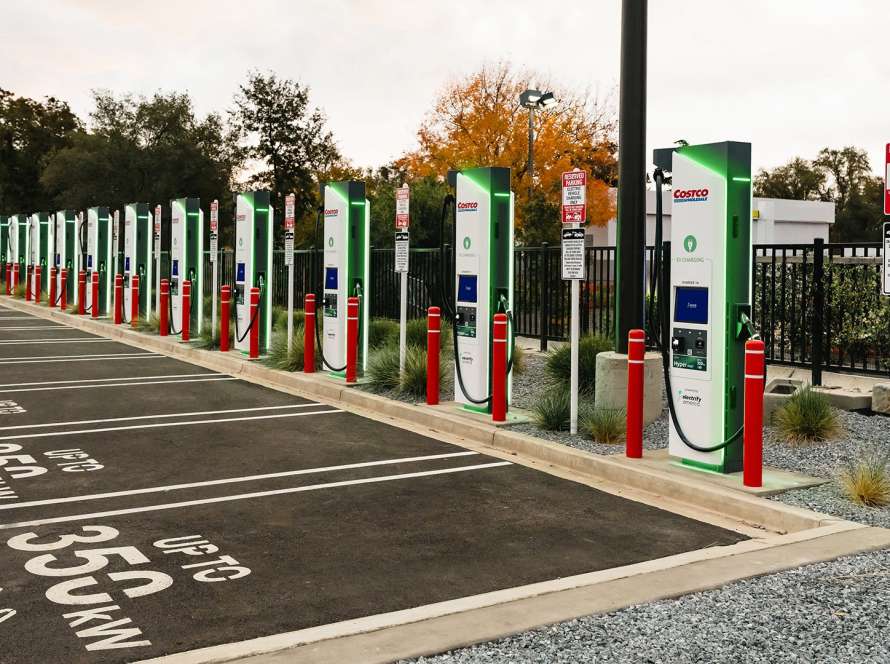EV Charging Is Growing—Fast
America’s electric vehicle charging network is expanding at record speed in 2025. DC fast-charging stations are appearing in more locations, with larger setups and higher power output. According to charging analytics firm Paren, 4,242 new fast-charging ports were installed across 784 public stations in Q2—a 23.3% jump from Q1.
The pace shows no signs of slowing. By year’s end, the U.S. is on track to add 16,700 new ports, which would more than double the number added in 2022. If growth continues at this rate, 100,000 public fast-charging ports could be online by 2027.
Tesla Leads, but the Field Is Widening
Tesla continues to dominate fast charging. The company was responsible for over 40% of new fast-charging ports added between April and June, and it maintains a 54.3% share of total U.S. ports.
Still, new players are gaining ground. Networks like ChargePoint, EVgo, and Electrify America remain active, while Walmart, BP Pulse, and Mercedes-Benz are launching their own high-speed charging hubs. These newcomers are part of what Paren calls “Charging 2.0”—stations with at least 10 stalls and ultra-fast charging at 350–400 kW.
Stations Are Getting Bigger—and Smarter
Charging stations are evolving. Tesla Superchargers now average 15.1 stalls per site, up from 12.4 in 2024. Non-Tesla stations are catching up, with the average now at 3.8 stalls—up from 3.0 just a year ago.
Technology is improving, too. In Q2, 63% of newly installed ports delivered 250 kW or more, a sharp increase from 47% in Q1. That translates to faster turnarounds for drivers and less congestion.
Building for the Future
Interestingly, average utilization dropped slightly from 16.6% in Q1 to 16.1% in Q2. However, this isn’t due to low demand. It reflects strategic expansion into regions where EV adoption is just beginning. Companies are building ahead of the curve.
With Ionna, Rivian, and legacy networks pushing forward, America’s charging landscape is rapidly transforming—and the best is yet to come.


